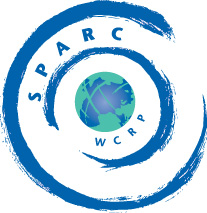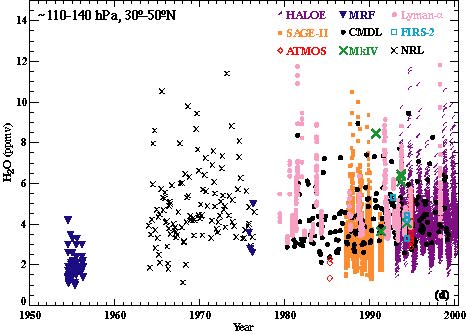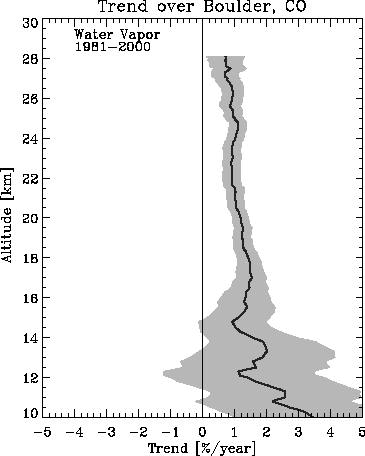 |
Stratospheric Processes And their Role in Climate
|
||||||||
| Home | Initiatives | Organisation | Publications | Meetings | Acronyms and Abbreviations | Useful Links |
![]()
 |
Stratospheric Processes And their Role in Climate
|
||||||||
| Home | Initiatives | Organisation | Publications | Meetings | Acronyms and Abbreviations | Useful Links |
![]()
Water vapour in the lower stratosphere and upper troposphere is critically important for overall atmospheric radiative transfer, but, at present, knowledge of the mean distribution of water vapour, variability on seasonal and other timescales, and the controlling processes is limited.
This SPARC initiative aimed at improved monitoring of water vapour in the stratosphere and a development of a water vapour climatology for the lower stratosphere and upper troposphere. A review of the state of knowledge on the distribution of water vapour in the stratosphere and upper stratosphere before the Assessment started is available in the SPARC Implementation Plan.
In August 1998 during the Workshop held in Boulder, USA, it has
decided to make an Assessment of our knowledge. The work is now
finished and published as a SPARC Report N°2, available from the
SPARC Office, and on the SPARC Web site.
The results can also be found in several publications:
S. Oltmans et al., GRL, 2000 ; K. Rosenlof et al., Science, 2001 (see Publications below).
SPARC Assessment of Upper Tropospheric and Stratospheric Water Vapour : WAVAS
(Assessment co-chairs : Dieter Kley and Jim Russel) (to receive
a copy, please contact the SPARC Office)
The SPARC Water Vapour Assessment, WAVAS, address the issue of the concentration, distribution and variability (including trends) of water vapour in the upper-troposphere (UT) and lower-stratosphere (LS). The main question, clearly related to the role of water vapour in the greenhouse effect, is to determine whether the UT water vapour concentration is under thermodynamic or under dynamic control, and to understand what controls the LS water vapour concentration.
The assessment consists of three main chapters:
1 - Instrumentation and data sets (Profiling instruments, Group-based
aircraft sensors, Satellite sensors)
2 - Data quality (Evaluation and Comparison)
3 - Distribution and variability.
The main findings are summarized below:
 |
 |
| Water vapour time series for several instruments covering the depth of the stratosphere. Data plotted are individual measurements with the exception of LIMS (monthly averages), WVMS (weekly averages), and NOAA-AL Lyman-alpha (1 minute averages). The level plotted is 110-140 hPa | The linear trend of water vapour mixing ratio (percent per year) and 95% confidence interval (shaded area) as a function of altitude over Boulder. Significant increases of about 1% per year are found at all altitudes above 16 km. |
![]()
Tropospheric Relative Humidity
D. Kley et al., SPARC Newsletter 11, July 1998.
Plan for the SPARC Water Vapour Assessment,
D. Kley and J.M. Russell, SPARC Newsletter 13, July 1999.
The increase in stratospheric water vapor from balloon-borne,
frostpoint hygrometer measurements at Washington, D.C. and Boulder,
Colorado
S. Oltmans, H. Vömel, D. Hofmann, K. Rosenlof and D. Kley, G.R.L., 27 (21) 3453-6, 2000.
SPARC Report N°2 :
SPARC Assessment of Upper Tropospheric and Stratospheric Water
Vapour,
WCRP N° 113, WMO/TD-N° 1043 (December 2000) -
Summary .
(to receive a copy, please contact the SPARC Office)
Stratospheric water vapor increases over the past half-century
Rosenlof K., S. Oltmans, D. Kley, J.M. Russell III, et al., G.R.L., 28 (7), 1195-1198, 2001
![]()
Last update: March 14, 2002